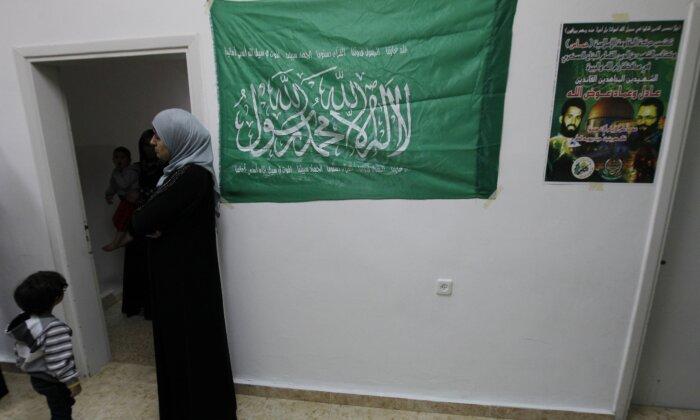The bank said it estimated that Canada’s rental housing market is already facing a shortage of about 25,000 to 30,000 units, and said Canada would need to add 332,000 more units to rental stock to achieve a balanced market with rent stability by 2026.
RBC indicated that in 2022, Canada’s rental housing stock saw its fastest pace of growth since 2014, while vacancy rates fell to a 20-year low. The bank said that without a significant increase in rental stock, the housing gap will exceed 120,000 by 2026, quadruple the current housing deficit.
“This will tip the housing market into a greater state of imbalance and drive the optimal vacancy rate of 3% even further out of reach,” said the report. RBC attributed the record surge in demand and rent increases to high levels of immigration and the loss of housing affordability.
The bank noted that annual federal immigration targets are set to grow 8 percent by 2025, which will keep the demand for rental accommodation high.
Toronto and Montreal, the cities that were predicted to have the sharpest demand due to immigration, had the smallest growth in rental housing supply compared to other cities.
“With Canada’s immigration targets set at record levels and affordability poised to remain stretched, the pressure isn’t likely to let up,” the report said.
RBC also indicated Canada’s home ownership rates are at a 30-year low, even as Canada built a record number of apartments last year.
The report stated that the country’s stock of rental housing grew at 2.4 percent, the fastest pace since 2014, but growth was uneven depending on the city.
Among the six largest cities, Calgary and Ottawa-Gatineau had the largest gain in new rental housing, at 7.4 percent and 5.5 percent respectively.
Canada’s two most highly populated cities saw a surge in immigration, but had slow rental growth. The report indicated Toronto grew at 2.1 percent last year, but welcomed an estimated 32 percent of international immigrants. Montreal grew at 1.4 percent, but welcomed 10 percent of international immigrants last year.
Rental stock dropped to its lowest point in more than 20 years in 2022, to just 1.9 percent, according to RBC.
“The total decline—120 basis points in just 12 months—represented the steepest single-year decrease in more than three decades. And relentless competition for units drove the highest annual increase in rent growth on record,” said the report.
“A closer look at the rental condo market in some of Canada’s larger cities reveals an even tighter squeeze. Condo rental vacancy rates in Ottawa-Gatineau (0.7%), Toronto (1.1%), and Calgary (1.8%) are among the lowest in the country—suggesting intense competition that will only add pressure to rents.”
Rent growth was also steep across the board with a 5.6 percent increase, with particular jumps for a two-bedroom rental, going up 6 percent in Calgary, 6.5 percent in Toronto, and 9.1 percent in Gatineau.
RBC suggested that converting commercial buildings, turning condo units into rentals, and adding rental suites to existing homes might help ease the pressure, but said the only way to meet future demand was to see supply grow considerably of purpose-built housing rentals.





